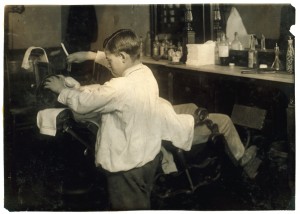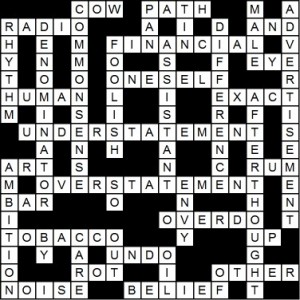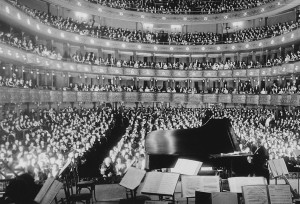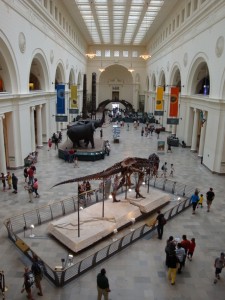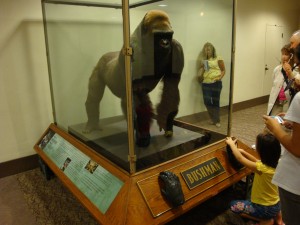1. Where is this picture taken?
This picture is taken inside a barber shop.
2. What kind of chair is the man sitting in?
The man is sitting in a barber’s chair, or a barber’s stool.
3. What is the man in the barber’s stool doing?
The man in the barber’s stool is getting a shave.
4. What is on the man’s face?
There is shaving cream, or shaving lather, on the man’s face.
5. What is the barber doing?
The barber is holding a razor. He is shaving the man in the barber’s stool.
6. What tools can a barber use when giving a haircut?
The tools that a barber can use when giving a haircut are scissors (or shears), a razor, clippers, and a comb or brush.
7. What tools can a barber use when he gives a shave?
The tools that a barber can use when giving a shave are a razor and a shaving brush.
8. What must a barber do if his razor or scissors are dull?
If the razor or scissors are dull, the barber must sharpen them. The razor can be sharpened using a barber’s strop, and the scissors can be sharpened by a scissors grinder.
9. What other things might a barber have to take care of hair?
Some other things that a barber might have to take care of hair are combs, brushes, hair tonics, and gels.
10. What can you use to make your hair look neat?
You can use a comb or a brush to make your hair look neat.
11. How can you ask the barber to remove your beard or mustache?
You can ask for a shave if you want the barber to remove your beard or mustache.
12. What is a slang expression for “getting your hair cut”?
“Getting your ears lowered” is a slang expression that means “getting your hair cut”: Where are you going? —I’m going to get my ears lowered.
13. What can you say to the barber if you want only a little bit of hair cut off?
If you want only a little bit of hair cut off, you can ask the barber for a trim.
14. What can you say to the barber if you want a lot of hair cut off?
If you want a lot of hair cut off, you can ask the barber for a buzz cut, or a crew cut.
15. What does the barber do to protect your clothes from hair clippings?
To protect your clothes from hair clippings, the barber will put a cape over your chest.
16. If there are a lot of customers waiting, how can the barber keep track of who is next to get a haircut?
If there are a lot of customers waiting, the barber can keep track of who is next by having you take a number, and wait your turn.
17. What can you do at the barbershop while waiting for your turn?
While you’re waiting for your turn at the barber shop, you can read a magazine or a newspaper. Some barber shops have a TV that you can watch.
18. What kind of sign does a barber often have outside his shop?
Many times a barber has a barber’s pole outside his shop. This is a traditional sign or symbol for a barber.
19. What are some different kinds of cuts a man might get?
Some of the different cuts a man might get are a crew cut (buzz cut), a bowl cut, a flat top, a Mohawk, or a jarhead cut (military cut).
20. What else could you get at some barber shops, besides a haircut or a shave?
At some barber shops, you can also get your shoes shined.
Paragraph: At a Barber Shop
Jimmy went to the barber shop. His mother had given him money for a haircut, because his hair was getting long and it was hanging in his eyes. He opened the door to the shop and greeted the barber, Mr. Williams. Mr. Williams told him it would be about a ten-minute wait, so he could just have a seat. Jimmy sat down in a chair and picked up the sports pages of the newspaper. He didn’t care much for reading, but he liked to read about his favorite teams. Before he knew it, Mr. Williams told him it was his turn. Jimmy went over and sat in the barber’s stool. Jimmy was a regular customer of Mr. Williams, so Mr. Williams knew exactly how Jimmy wanted his hair cut – a classic, Caesar cut. Mr. Williams was an experienced barber, and he liked using a razor rather than scissors for cutting hair whenever possible. He put a cape on Jimmy and began cutting with the razor. He combed and cut, and combed again, all around Jimmy’s head. Finally, Mr. Williams took his scissors for some light trimming, then handed Jimmy a mirror so he could see how he looked. Jimmy looked all around, and nodded with satisfaction. He paid Mr. Williams for the haircut and went home.

